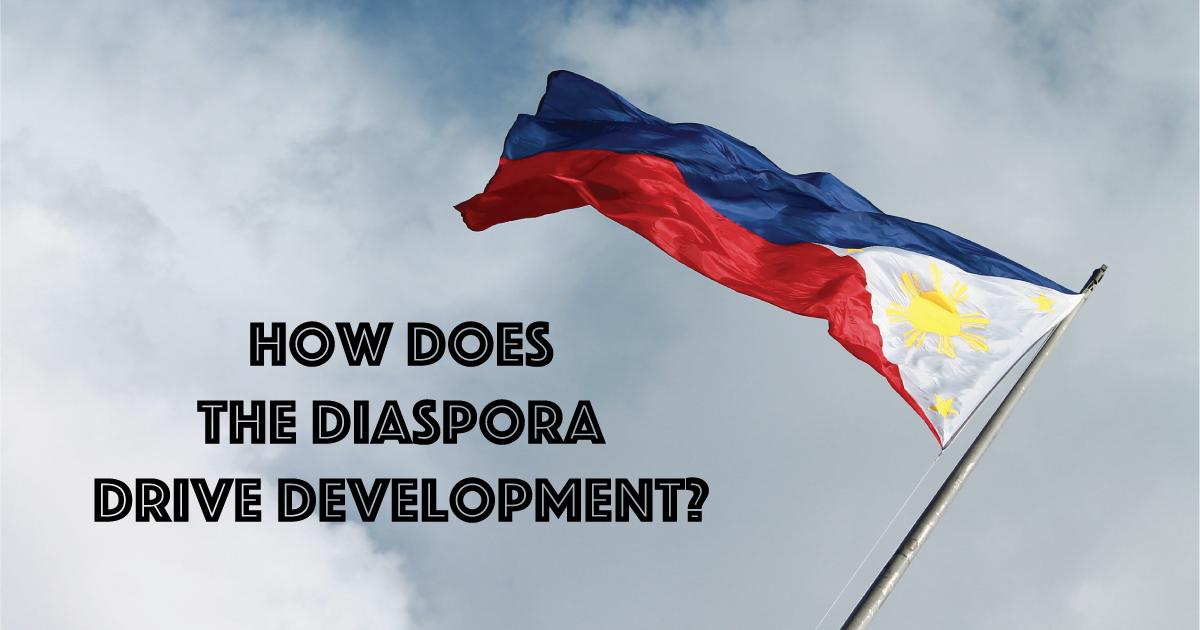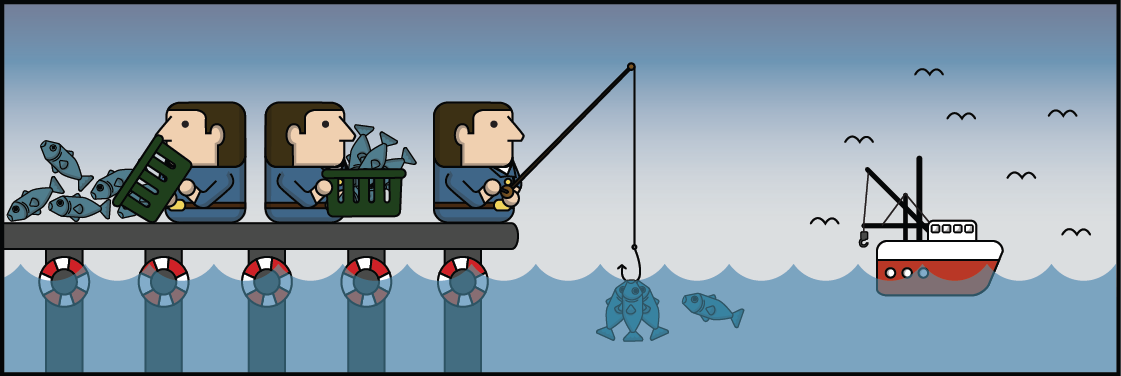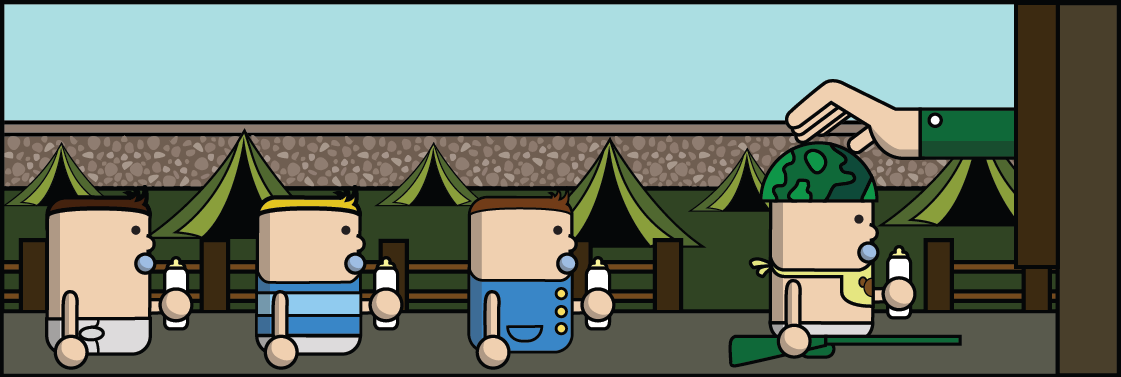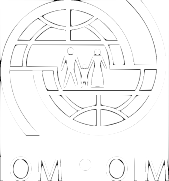Gửi những người lao động Việt Nam ở nước ngoài
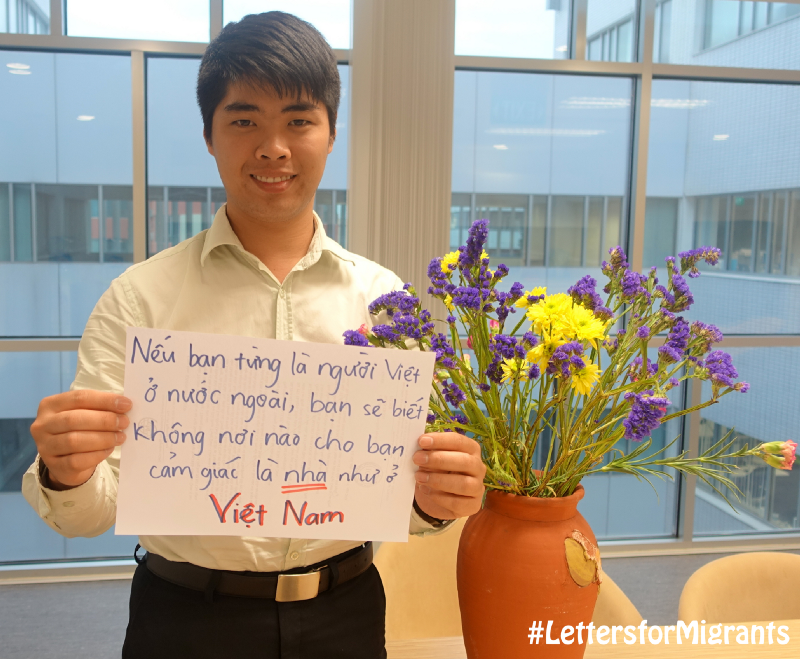
“Nếu bạn đã từng ra nước ngoài, bạn sẽ biết rằng không nơi nào có cảm giác giống như ở Việt Nam.”
Tôi đọc được lời bình luận này trên 1 trang Facebook, cùng với rất nhiều những chia sẻ khác từ người lao động Việt Nam đang ở nước ngoài. Mỗi lời chia sẻ đều chung 1 lời nhắn nhủ. Họ đã vật lộn với nỗi nhớ nhà ra sao. Họ đối mặt với sự phân biệt đối xử thế nào. Hay họ đã lo lắng rất nhiều để cố gắng kiếm đủ sống nơi xứ lạ.
Sau khi đọc những dòng bình luận, tôi không khỏi chạnh lòng. Tôi nhớ về quê tôi lúc trước, cũng có nhiều người dứt áo ra đi khi không tìm được kế mưu sinh, đủ nuôi gia đình. Họ lên thủ đô, vào miền nam, thậm chí đi xa lắm, đến nước ngoài để kiếm sống.
Khi học về Kinh tế ở trường Đại học, tôi cũng có tìm hiểu về Kiều hối và sự quan trọng của lượng ngoại tệ này với Việt Nam. Hàng năm, người Việt ở nước ngoài, phần lớn là những người đi xuất khẩu lao động, đã gửi một số tiền không nhỏ về cho gia đình, người thân của mình. Vào năm 2015, lượng kiều hồi lên đến 12,25 tỷ đô la Mỹ — USD (khoảng 275.043 tỷ đồng), đưa Việt Nam đứng thứ 11 trên toàn cầu và thứ 3 trong khu vực Đông Á — Thái Bình Dương, chỉ sau Trung Quốc và Philippines[1].
Trong khi đó, tổng sản phẩm trong nước (GDP) của Việt Nam đạt khoảng 204 tỷ USD[2]. Vậy là, những người con xa xứ đã tằn tiện cuộc sống ở xứ người để có thể gửi về cho gia đình với tỷ trọng lên đến gần 6% GDP quốc gia, cao hơn cả ngành du lịch của Việt Nam khi tổng thu là khoảng 10–11 tỷ USD cùng năm[3].
Cá nhân tôi cũng được đến Canada, Hoa Kỳ và các nước châu Âu, gặp gỡ một số người Việt Nam đang làm việc ở đó. Họ là những con người chăm chỉ làm việc, chỉ mong kiếm được chút tiền để một phần trang trải cuộc sống tha hương đắt đỏ, còn lại thì tích góp gửi về gia đình. Họ cũng vất vả ở hải ngoại, nhưng có lúc chỉ được nhận một khoản tiền công thấp hơn với người bản địa. Không biết rằng, để có được lượng kiều hối lớn như vậy, gần 5 triệu đồng bào lao động ở 103 quốc gia[4] đã trải qua bao cay đắng, đối mặt với nhiều rủi ro ra sao?
Hãy luôn mạnh mẽ!
Hà.
[1] http://english.vietnamnet.vn/fms/business/149900/vietnam-receives-12-25-bln-in-remittances-in-2015.html
[2] http://viettimes.vn/gdp-viet-nam-2015-dat-204-ty-usd-nguoi-viet-thu-nhap-32003500-usd-sau-5-nam-27654.html
[3] http://vneconomy.vn/thoi-su/du-lich-viet-nam-sap-thanh-nganh-mui-nhon-20151108122232327.htm
[4] Statistics from the State Committee for Overseas Vietnamese Affairs under the Ministry of Foreign Affairs http://english.vietnamnet.vn/fms/business/149900/vietnam-receives-12-25-bln-in-remittances-in-2015.html
Dear Vietnamese Workers Abroad,
“If you are a Vietnamese that has ever been abroad, you will know that no other place can feel like your home, Vietnam.”
I saw this comment on a Facebook page, along with dozens of others from migrant Vietnamese workers. Every one of them had the same message.
How they struggled with missing home. How they faced discrimination abroad. How they worried about trying to make ends meet.
After reading their comments, I was touched. It reminded me of my country before, when many people had to leave due to an inability to earn a living for the whole family. They went to the capital, moved to the South or even moved to foreign countries.
During my university economics course, I researched remittances and their important role in Vietnam. Every year, Vietnamese people abroad, mainly migrant workers, sent a huge amount of money to their families and relatives.
In 2015, the remittances reached US$12.25 billion (about VND275,043 billion), ranking Vietnam the 11th in the world and 3rd in the East Asia Pacific region, following only China and the Philippines[1].
Meanwhile, the gross domestic product was about US$204 billion[2]. Vietnamese workers abroad worked hard and saved a lot to send remittances home, which accounted for nearly 6 per cent of the national GDP — even higher than the whole tourism industry with its contribution of about US$10–11 billion in the same year[3].
I personally have had opportunities to travel to Canada, the US and some European countries, meeting several Vietnamese people working there. They are hard-working, just hoping to make some money to partially cover the expensive life abroad, while the rest is for sending home. They also struggle in foreign countries, sometimes receiving a lower wage than local people. How many difficulties do the nearly 5 million Vietnamese workers in 103 countries[4] have to face in order to send remittances home?
Stay strong,
Ha
[1] http://english.vietnamnet.vn/fms/business/149900/vietnam-receives-12-25-bln-in-remittances-in-2015.html
[2] http://viettimes.vn/gdp-viet-nam-2015-dat-204-ty-usd-nguoi-viet-thu-nhap-32003500-usd-sau-5-nam-27654.html
[3] http://vneconomy.vn/thoi-su/du-lich-viet-nam-sap-thanh-nganh-mui-nhon-20151108122232327.htm
[4] Statistics from the State Committee for Overseas Vietnamese Affairs under the Ministry of Foreign Affairs http://english.vietnamnet.vn/fms/business/149900/vietnam-receives-12-25-bln-in-remittances-in-2015.html
Popular Posts
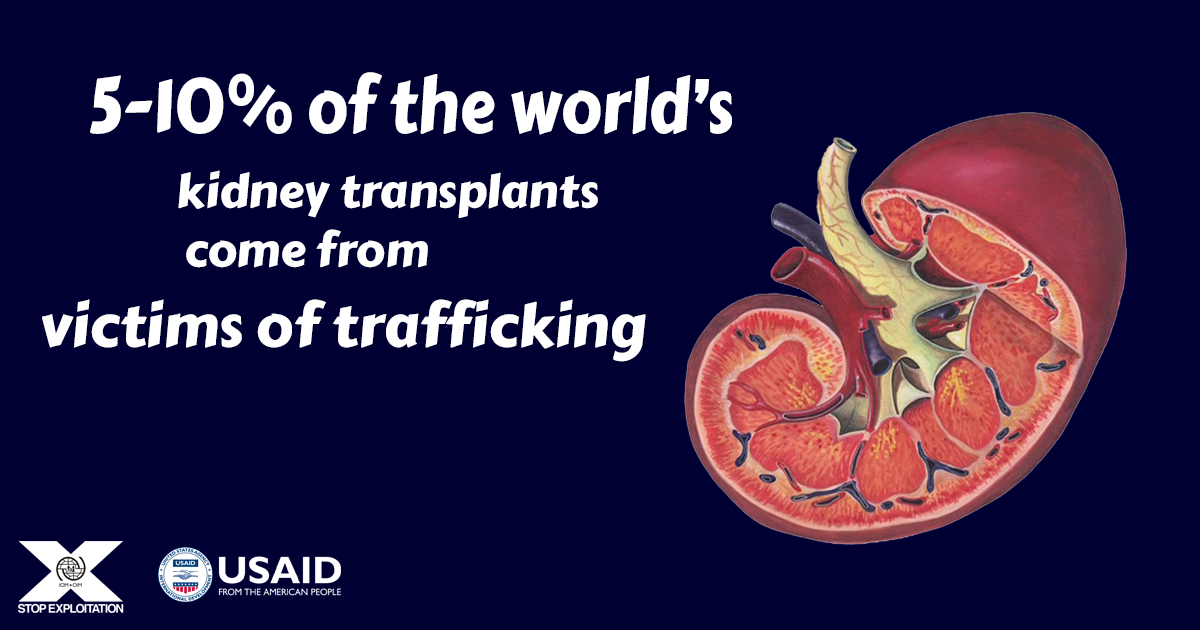
ORGANized Crime: Trafficking for Organ Removal
Around the world every day, there are hundreds of thousands of people waiting for an organ. A study from 2013 revealed that 118,127 organs were transplanted that year, but this only covered about 10 per cent of the global demand.[1] Waiting lists to receive an organ are long. In the European Union, the average … Continue reading “ORGANized Crime: Trafficking for Organ Removal”

Who are Human Traffickers?
Human trafficking is a complicated issue. When explaining it, we often talk about how victims were deceived, and the exploitative situations they were forced into. But there is one key part that is rarely discussed: Just who are the traffickers? Understanding who human traffickers are and what their motivations are can help us to better … Continue reading “Who are Human Traffickers?”

Inside IOM X: A Conversation with Tara Dermott
Since launching in late 2014, IOM X has reached close to 200 million people with entertaining and educational content to encourage safe migration and public action against exploitation and human trafficking. But where does a campaign like this come from? In the case of IOM X, you have to go back to another USAID-funded project, … Continue reading “Inside IOM X: A Conversation with Tara Dermott”
